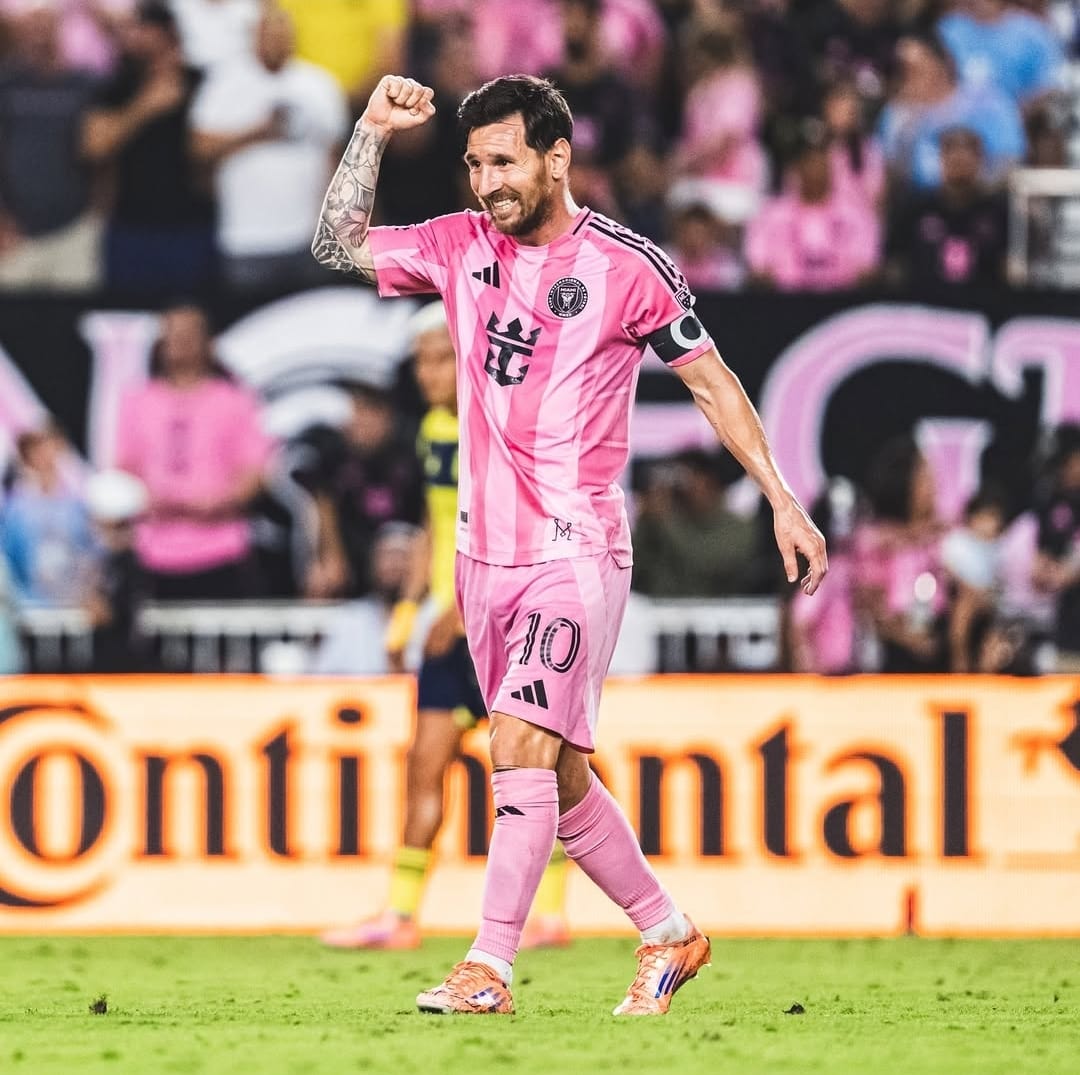It’s my privilege over the course of a year to encounter a fair number of rare, profound bottles. Just as important is the search for distinctive wines for drinking any time.Like restaurants, wines are ruled by context, and greatness can appear where you least expect it. Here are 10 favorites from 2015 (actually 12 bottles in no particular order), from the everyday to the once-in-a-lifetime.1. I cherish singular, moderately prices wines. Three especially stood out to me this year. A 2014 Mojo cabernet franc from Shinn Estate, one of my favorite Long Island, New York, producers, demonstrated that the North Fork can do far more than offer dutifully polished wines. This fresh, juicy, earthy red demands to be consumed. Long Island needs to do this more often.
Likewise, I rarely drink wines from the southern Rhône, where the fruit bomb has become the routine. But the 2012 Vacqueyras Cuvée Classique from Domaine le Couroulu, a luscious blend of grenache, syrah and mourvèdre, recalled days when the southern Rhône was a favorite region. This wine was full of herbal-tinged fruit, dry, well structured and absolutely delicious.Jochen Beurer was one of my most exciting finds this year. I loved his 2013 trocken riesling, from Wurttemberg in southwest Germany, a region better known for red wines. This one, from grapes grown on limestone, was beautifully stony, chalky and floral.2. A few years ago, I never imagined I would fall in love with a Vermont wine. But then I read Deirdre Heekin’s heartfelt book, “An Unlikely Vineyard: The Education of a Farmer and Her Quest for Terroir,” about her efforts to make wine from hybrid grapes in the heart of northern New England.Her wines, under the La Garagista label, are so soulful that they demanded my attention. I was especially taken with the floral, spicy, lively 2013 Damejeanne — 90 percent marquette, a red grape, and 10 percent la crescent, a white — a wine inspired by traditional Côte-Rôties and old-style Chiantis, both reds blended with a bit of white.3. Auslese? Who drinks auslese? Pretty much nobody. But this neglected category of German riesling, made from very ripe grapes with a sweetness sometimes intensified by Botrytis cinerea, the noble rot, has so much to offer.That’s especially true when the wine has some age, diminishing the overt sweetness, and comes from a modest, unpretentious producer like Alfred Merkelbach. The 2001 Merkelbach riesling Auslese Urziger Wurzgarten, from a superb Mosel vintage, was just gorgeous with a ripe Vacherin Mont d’Or cheese, clear, pure and delicate with the fresh aroma of apple blossoms.4. Nobody has done more to shake up the moribund sherry business than Equipo Navazos, a négociant that identifies and sells small lots of superb wine that would otherwise be blended into anonymity. Its La Bota de Manzanilla Pasada No. 50 is about as old and complex a manzanilla as I’ve ever had, rich and intense, and almost oceanic in its saline, iodine flavors. Yet it’s elegant, too. It’s not cheap ($90 for a 500 mL. bottle), but it is unique and wonderful.5. I did not expect to relish my grudging research on drinking wine with chocolate. But it gave me an opportunity to rediscover Maury, a fortified French wine from Roussillon, and to dig up this old bottle that I had, a 1965 Maury from La Coume du Roy. What a beautiful wine! It was complex, sweet, yet refreshing, and reminded me a bit of malmsey Madeira. You can find older Maurys in stores, maybe not as old as this one. They make the chore of wine with chocolate far more enticing.6. The last 20 years have been tragically cruel to white Burgundy. These wines, which can age so beautifully, have since the mid-1990s been almost randomly subject to premature oxidation, turning the anticipation of a complex, mind-bending treat into bitter, breath-holding disappointment. No consensus has yet been reached on causes or solutions.Luckily, this bottle of Corton Charlemagne, from the excellent Bonneau du Martray, and from the unexceptional 2001 vintage, was not just sound, but superb and elegant, fresh, floral and precise, with Corton’s characteristic minerality.7. Ridge Vineyards’ Monte Bello from the Santa Cruz Mountains is not labeled a cabernet sauvignon, but it is arguably America’s greatest cabernet. It values finesse over power, but it has no shortage of intensity or concentration.At a dinner in October at Café Boulud, I had the chance to drink a series of older Monte Bellos, and none was so lovely as the 1978, beautifully balanced with every element in place: the aroma of violets, great minerality and that essential element that Paul Draper, Ridge’s chief executive, calls “juniper.”8. Brunello di Montalcino has many guises, from sheer power to extraordinary elegance. To my taste, no producer surpasses Biondi-Santi in capturing the fine, long-lived soul of Montalcino.I was lucky to try a range of older Biondi-Santi riservas last spring, which reaffirmed how profound these wines can be, none more so than the gorgeous 1964 Riserva, pure and complex with detailed, almost jewel-like aromas and flavors that I wanted to savor in my mouth as long as possible.9. One of my favorite events this year was a dinner paying homage to the great Burgundy vigneron, Michel Lafarge, celebrating his 65th vintage. Lafarge and his wines epitomize why Burgundy enchants so many people. He is foremost a farmer, and his wines embody the culture to which Lafarges have contributed for generations.Of the many older wines served at the celebration, none moved me so much as an extraordinary 1953 Volnay Clos des Chênes. It was not a great vintage, and Lafarge took particular pride in how the wine turned out: intense yet weightless, full of fruit, yet complex and delicious.10. While at the Nantucket Wine Festival, I was invited to a dinner featuring wines entirely from 1945, including all the first growths of Bordeaux. It was extraordinary. A ’45 Veuve Cliquot was lovely, as was a Noellat Richebourg, the sole Burgundy in the group. A Château Palmer was beautiful, a Cheval Blanc was sublime.But the greatest of the great was the Mouton-Rothschild, a storied bottle from a producer who was not elevated to first-growth status until 1973. At 70 years of age, it was still fresh, almost juicy, yet complex and full, long and exquisite, scented with violets and cedar. I was joyfully humbled.© 2015 New York Times News Service
Likewise, I rarely drink wines from the southern Rhône, where the fruit bomb has become the routine. But the 2012 Vacqueyras Cuvée Classique from Domaine le Couroulu, a luscious blend of grenache, syrah and mourvèdre, recalled days when the southern Rhône was a favorite region. This wine was full of herbal-tinged fruit, dry, well structured and absolutely delicious.Jochen Beurer was one of my most exciting finds this year. I loved his 2013 trocken riesling, from Wurttemberg in southwest Germany, a region better known for red wines. This one, from grapes grown on limestone, was beautifully stony, chalky and floral.2. A few years ago, I never imagined I would fall in love with a Vermont wine. But then I read Deirdre Heekin’s heartfelt book, “An Unlikely Vineyard: The Education of a Farmer and Her Quest for Terroir,” about her efforts to make wine from hybrid grapes in the heart of northern New England.Her wines, under the La Garagista label, are so soulful that they demanded my attention. I was especially taken with the floral, spicy, lively 2013 Damejeanne — 90 percent marquette, a red grape, and 10 percent la crescent, a white — a wine inspired by traditional Côte-Rôties and old-style Chiantis, both reds blended with a bit of white.3. Auslese? Who drinks auslese? Pretty much nobody. But this neglected category of German riesling, made from very ripe grapes with a sweetness sometimes intensified by Botrytis cinerea, the noble rot, has so much to offer.That’s especially true when the wine has some age, diminishing the overt sweetness, and comes from a modest, unpretentious producer like Alfred Merkelbach. The 2001 Merkelbach riesling Auslese Urziger Wurzgarten, from a superb Mosel vintage, was just gorgeous with a ripe Vacherin Mont d’Or cheese, clear, pure and delicate with the fresh aroma of apple blossoms.4. Nobody has done more to shake up the moribund sherry business than Equipo Navazos, a négociant that identifies and sells small lots of superb wine that would otherwise be blended into anonymity. Its La Bota de Manzanilla Pasada No. 50 is about as old and complex a manzanilla as I’ve ever had, rich and intense, and almost oceanic in its saline, iodine flavors. Yet it’s elegant, too. It’s not cheap ($90 for a 500 mL. bottle), but it is unique and wonderful.5. I did not expect to relish my grudging research on drinking wine with chocolate. But it gave me an opportunity to rediscover Maury, a fortified French wine from Roussillon, and to dig up this old bottle that I had, a 1965 Maury from La Coume du Roy. What a beautiful wine! It was complex, sweet, yet refreshing, and reminded me a bit of malmsey Madeira. You can find older Maurys in stores, maybe not as old as this one. They make the chore of wine with chocolate far more enticing.6. The last 20 years have been tragically cruel to white Burgundy. These wines, which can age so beautifully, have since the mid-1990s been almost randomly subject to premature oxidation, turning the anticipation of a complex, mind-bending treat into bitter, breath-holding disappointment. No consensus has yet been reached on causes or solutions.Luckily, this bottle of Corton Charlemagne, from the excellent Bonneau du Martray, and from the unexceptional 2001 vintage, was not just sound, but superb and elegant, fresh, floral and precise, with Corton’s characteristic minerality.7. Ridge Vineyards’ Monte Bello from the Santa Cruz Mountains is not labeled a cabernet sauvignon, but it is arguably America’s greatest cabernet. It values finesse over power, but it has no shortage of intensity or concentration.At a dinner in October at Café Boulud, I had the chance to drink a series of older Monte Bellos, and none was so lovely as the 1978, beautifully balanced with every element in place: the aroma of violets, great minerality and that essential element that Paul Draper, Ridge’s chief executive, calls “juniper.”8. Brunello di Montalcino has many guises, from sheer power to extraordinary elegance. To my taste, no producer surpasses Biondi-Santi in capturing the fine, long-lived soul of Montalcino.I was lucky to try a range of older Biondi-Santi riservas last spring, which reaffirmed how profound these wines can be, none more so than the gorgeous 1964 Riserva, pure and complex with detailed, almost jewel-like aromas and flavors that I wanted to savor in my mouth as long as possible.9. One of my favorite events this year was a dinner paying homage to the great Burgundy vigneron, Michel Lafarge, celebrating his 65th vintage. Lafarge and his wines epitomize why Burgundy enchants so many people. He is foremost a farmer, and his wines embody the culture to which Lafarges have contributed for generations.Of the many older wines served at the celebration, none moved me so much as an extraordinary 1953 Volnay Clos des Chênes. It was not a great vintage, and Lafarge took particular pride in how the wine turned out: intense yet weightless, full of fruit, yet complex and delicious.10. While at the Nantucket Wine Festival, I was invited to a dinner featuring wines entirely from 1945, including all the first growths of Bordeaux. It was extraordinary. A ’45 Veuve Cliquot was lovely, as was a Noellat Richebourg, the sole Burgundy in the group. A Château Palmer was beautiful, a Cheval Blanc was sublime.But the greatest of the great was the Mouton-Rothschild, a storied bottle from a producer who was not elevated to first-growth status until 1973. At 70 years of age, it was still fresh, almost juicy, yet complex and full, long and exquisite, scented with violets and cedar. I was joyfully humbled.© 2015 New York Times News Service
Advertisement







